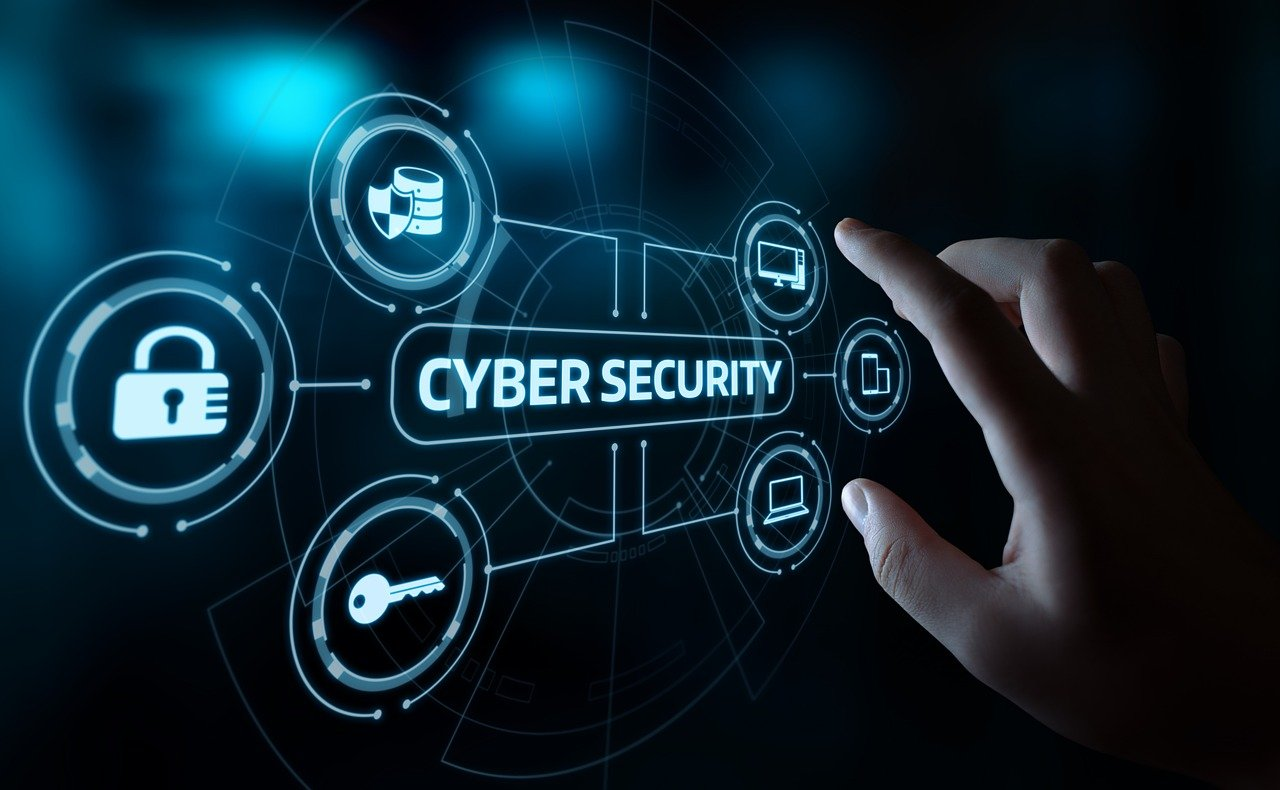
The decentralized world of digital assets offers a wealth of opportunities, but navigating this new frontier comes with unique security challenges. Hackers and scammers constantly devise new methods to exploit vulnerabilities and steal valuable crypto holdings.
So, in the face of evolving cyber threats, traditional single-point security solutions might not suffice. As your leading strategic digital asset consulting partners, experts at Kenson Investments believe advanced security measures such as multi-signature wallets and multi-factor authentication (MFA) provide robust layers of protection, acting as your digital security vault for cryptocurrencies and other digital assets.
Keep reading to learn how these technologies work together to create a robust defense for your crypto investments.
Multi-Signature Wallets: The Keys to Security
Imagine a vault requiring multiple keys to open. This is the core principle behind multi-signature (multisig) wallets. Unlike traditional wallets with a single private key for authorization, multisig wallets require a pre-defined number of signatures (usually from different private keys) to validate and execute a transaction. This significantly enhances security by introducing a layer of control and shared responsibility.
Here’s how it works.
Private keys, typically ranging from 2-of-3 to 3-of-5. This means to authorize a transaction, a predetermined number of keys must be used. For example, in a 2-of-3 multi-sig wallet, any two of the three key holders must agree to approve a transaction. This mechanism ensures that even if one key is compromised, the funds cannot be moved without the other key holders’ approval.
Benefits of Multi-Signature Wallets
- Enhanced Security: Even if a hacker manages to compromise one private key, they cannot steal your funds because additional signatures are needed. This significantly reduces the risk associated with single points of failure, such as lost devices or compromised passwords.
- Fraud Prevention: Multi-sig walletsprevent a single point of failure. No single person can unilaterally move funds, reducing the risk of insider fraud or external hacks.
- Accountability and Transparency: Multi-sig wallets provide a transparent approval process, making it easier to track and verify transactions.
- Customizable Control: Multi-signature wallets offer flexibility. You can configure the number of required signatures and distribute keys amongst trusted individuals, family members, or even safety deposit boxes. This allows for collaborative control over assets, ideal for joint accounts, escrow services, or organizational fund management.
Multi-Factor Authentication: Adding Layers of Verification
Multi-Factor Authentication (MFA) is another crucial security measure that enhances the protection of digital assets. MFA requires users to provide two or more verification factors to gain access to a resource such as a digital wallet, account, or application. These factors typically include something the user knows (password), something the user has (security token or smartphone), and something the user is (biometric verification).
Here are some common MFA methods.
Time-based One-Time Passwords (TOTP): These codes are generated by an app on your smartphone and expire after a short period, adding a dynamic layer of verification.
SMS Verification: A unique code is sent to your registered phone number, requiring its input for login.
Security Keys: Physical hardware tokens generate unique codes for login, offering an extra layer of protection against phishing attacks.
Benefits of Multi-Factor Authentication
Increased Security: MFA adds an extra layer of protection by requiring multiple forms of verification, making it harder for attackers to gain access.
Protection Against Phishing: Even if a password is compromised through phishing, the attacker would still need the second factor to access the account.
Compliance and Regulatory Requirements: Many regulatory frameworks require MFA for sensitive data access, making it a critical component for compliance.
User Convenience: Modern MFA solutions, such as biometric authentication, offer a convenient yet secure way for users to access their accounts.
The Winning Combination: Multisig and MFA – A Security Powerhouse
Multisig wallets and MFA work synergistically to create a formidable defense against unauthorized access. While multisig wallets distribute control and require multiple signatures for transactions, MFA adds an extra layer of verification during the login process. This combined approach creates a robust security architecture, making it significantly harder for attackers to steal your digital assets.
Here’s why they are a perfect match.
Complementary Security: Multisig addresses private key security, while MFA focuses on login verification. Together, they cover a broader range of potential vulnerabilities.
Increased Accountability: Multisig promotes shared responsibility, and MFA strengthens individual account security. This layered approach creates a more secure ecosystem for managing digital assets.
Reduced Single Point of Failure: Both technologies mitigate the risks associated with single points of failure. With multisig, compromising one key isn’t enough, and with MFA, a stolen password alone won’t grant access.
At Kenson Investments, we understand the significance of robust security measures in the digital asset landscape. We utilize a comprehensive security framework that incorporates industry-leading practices and cutting-edge tools.
Contact our dedicated consultants to learn how Kenson Investments can help you achieve your financial goals in a secure and rewarding environment.














